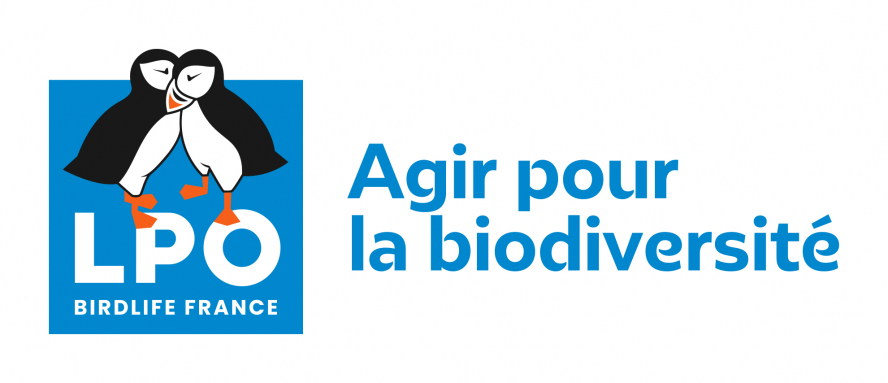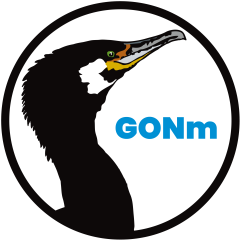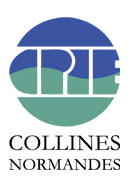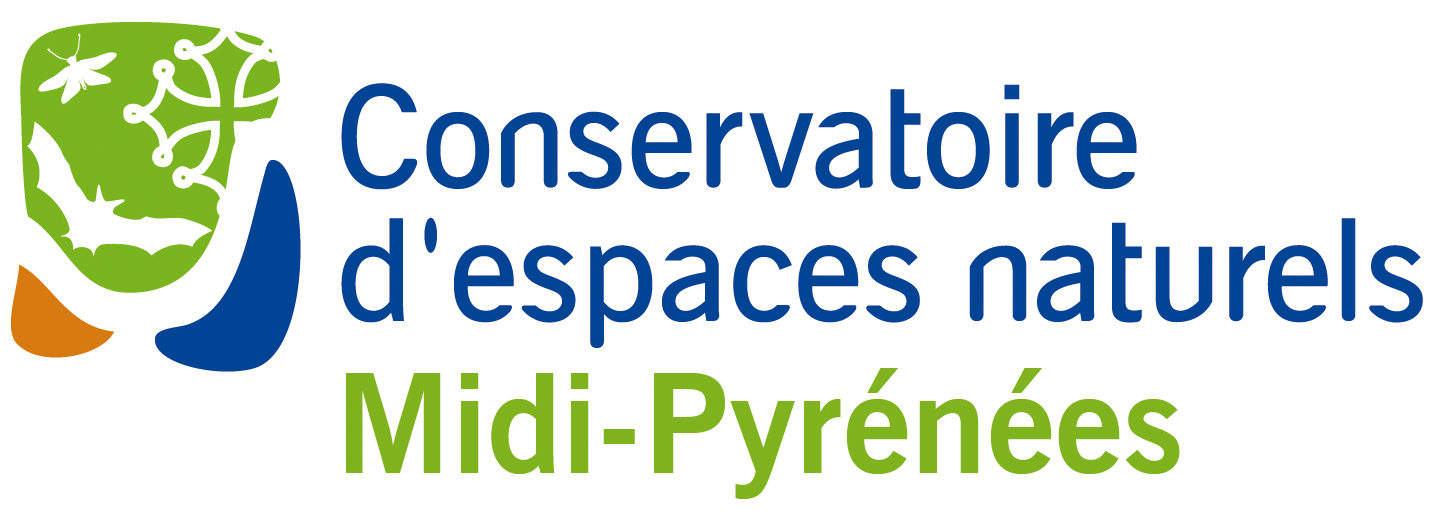- 461 observations
-
162
communes -
86
observateurs
35
organismes -
Première observation
1900 -
Dernière observation
2025
Alençon - Appenai-sous-Bellême - Athis-Val de Rouvre - Aubry-le-Panthou - Aunay-les-Bois - Aunou-sur-Orne - Avernes-Saint-Gourgon - Bailleul - Bazoches-au-Houlme - Beaulieu - Belforêt-en-Perche - Bellavilliers - Bellême - Bellou-en-Houlme - Berjou - Boëcé - Boischampré - Bretoncelles - Briouze - Brullemail - Buré - Bursard - Caligny - Canapville - Carrouges - Ceton - Chailloué - Champ-Haut - Charencey - Chaumont - Chemilli - Comblot - Corbon - Coudehard - Coulimer - Coulonges-sur-Sarthe - Courgeoût - Cour-Maugis sur Huisne - Crulai - Cuissai - Écorches - Écouché-les-Vallées - Écouves - Essay - Fleuré - Fontaine-les-Bassets - Francheville - Gandelain - Giel-Courteilles - Gouffern en Auge - Hauterive - Héloup - Igé - Juvigny-sur-Orne - Juvigny Val d'Andaine - La Bellière - La Chapelle-Montligeon - La Chapelle-près-Sées - La Chaux - La Coulonche - La Ferrière-au-Doyen - La Ferrière-Béchet - La Ferrière-Bochard - La Ferté-en-Ouche - La Ferté Macé - Lalacelle - La Lande-de-Goult - La Lande-Patry - La Lande-Saint-Siméon - La Madeleine-Bouvet - La Mesnière - Landigou - La Trinité-des-Laitiers - Le Bosc-Renoult - Le Cercueil - Le Château-d'Almenêches - Le Grais - Le Mage - Le Ménil-Broût - Le Pas-Saint-l'Homer - Le Renouard - Le Sap-André - Les Champeaux - Les Ventes-de-Bourse - Les Yveteaux - L'Hôme-Chamondot - Loisail - Longny les Villages - Lonlay-l'Abbaye - Lonlay-le-Tesson - Lonrai - L'Orée-d'Écouves - Lougé-sur-Maire - Louvières-en-Auge - Macé - Magny-le-Désert - Médavy - Ménil-Gondouin - Ménil-Vin - Merri - Montabard - Montmerrei - Montreuil-au-Houlme - Mortagne-au-Perche - Mortrée - Moulins-la-Marche - Moulins-sur-Orne - Moutiers-au-Perche - Neauphe-sous-Essai - Neauphe-sur-Dive - Neuilly-le-Bisson - Orgères - Origny-le-Roux - Passais Villages - Perche en Nocé - Pervenchères - Putanges-le-Lac - Rai - Rânes - Rémalard en Perche - Réveillon - Rives d'Andaine - Rônai - Sablons sur Huisne - Saint-André-de-Briouze - Saint-Aquilin-de-Corbion - Saint-Bômer-les-Forges - Saint-Brice-sous-Rânes - Saint-Cyr-la-Rosière - Saint-Denis-sur-Sarthon - Sainte-Honorine-la-Guillaume - Saint-Ellier-les-Bois - Sainte-Scolasse-sur-Sarthe - Saint-Fraimbault - Saint-Germain-de-Martigny - Saint-Germain-le-Vieux - Saint-Hilaire-de-Briouze - Saint-Hilaire-le-Châtel - Saint-Langis-lès-Mortagne - Saint-Léger-sur-Sarthe - Saint-Léonard-des-Parcs - Saint-Mard-de-Réno - Saint-Mars-d'Égrenne - Saint-Martin-des-Landes - Saint-Ouen-sur-Iton - Saint-Philbert-sur-Orne - Saint-Pierre-d'Entremont - Saint-Quentin-de-Blavou - Saint-Roch-sur-Égrenne - Saint-Sulpice-sur-Risle - Saint-Symphorien-des-Bruyères - Sarceaux - Sées - Suré - Tanques - Ticheville - Tinchebray-Bocage - Tourouvre au Perche - Val-au-Perche - Vaunoise - Vidai - Vimoutiers
-
Association Faune & Flore de l'Orne (AFFO)
Participation à 118 Observations
Part d'aide à la prospection : 25.60 %
Fiche organisme
-
Muséum national d'Histoire naturelle (MNHN)
Participation à 94 Observations
Part d'aide à la prospection : 20.39 %
Fiche organisme
-
Ministère de la Transition écologique et de la Cohésion des territoires
Participation à 75 Observations
Part d'aide à la prospection : 16.27 %
Fiche organisme
-
PNR et géoparc mondial UNESCO Normandie-Maine
Participation à 72 Observations
Part d'aide à la prospection : 15.62 %
Fiche organisme
-
Conseil départemental de l'Orne (bureau ENS)
Participation à 67 Observations
Part d'aide à la prospection : 14.53 %
Fiche organisme
-
Société d'études ornithologiques de France (SEOF)
Participation à 46 Observations
Part d'aide à la prospection : 9.98 %
Fiche organisme
-
UMS PatriNat (OFB-CNRS-MNHN)
Participation à 31 Observations
Part d'aide à la prospection : 6.72 %
Fiche organisme
-
Naturalia-Environnement
Participation à 20 Observations
Part d'aide à la prospection : 4.34 %
Fiche organisme
-
INTERVIA ETUDES
Participation à 20 Observations
Part d'aide à la prospection : 4.34 %
Fiche organisme
-
Habitants-bénévoles
Participation à 20 Observations
Part d'aide à la prospection : 4.34 %
Fiche organisme
-
Conseil départemental de l'Orne
Participation à 20 Observations
Part d'aide à la prospection : 4.34 %
Fiche organisme
-
Groupe Ornithologique Normand (GONm)
Participation à 18 Observations
Part d'aide à la prospection : 3.90 %
Fiche organisme
-
Eole Champagne Conlinoise
Participation à 15 Observations
Part d'aide à la prospection : 3.25 %
Fiche organisme
-
Bureaux d'études & consultants
Participation à 10 Observations
Part d'aide à la prospection : 2.17 %
Fiche organisme
-
Système mondial d’information sur la biodiversité (GBIF)
Participation à 8 Observations
Part d'aide à la prospection : 1.74 %
Fiche organisme
-
DREAL Centre-Val de Loire
Participation à 6 Observations
Part d'aide à la prospection : 1.30 %
Fiche organisme
-
Office national des forêts (ONF)
Participation à 2 Observations
Part d'aide à la prospection : 0.43 %
Fiche organisme
-
CPIE Collines normandes
Participation à 2 Observations
Part d'aide à la prospection : 0.43 %
Fiche organisme
-
Peter Stallegger (Consultant Environnement)
Participation à 2 Observations
Part d'aide à la prospection : 0.43 %
Fiche organisme
-
SOCIETE D'EXPLOITATION DU PARC EOLIEN BOIS SEIGNEUR
Participation à 1 Observation
Part d'aide à la prospection : 0.22 %
Fiche organisme
-
Champ éolien des Plaines du Dunois
Participation à 1 Observation
Part d'aide à la prospection : 0.22 %
Fiche organisme
-
Écosphère, bureau d'études en environnement
Participation à 1 Observation
Part d'aide à la prospection : 0.22 %
Fiche organisme
-
Conservatoire d'espaces naturels de Midi-Pyrénées (CEN MP)
Participation à 1 Observation
Part d'aide à la prospection : 0.22 %
Fiche organisme
-
Ferme éolinne de Germancé à Saint-Ellier-les-Bois
Participation à 1 Observation
Part d'aide à la prospection : 0.22 %
Fiche organisme
-
Thema Environnement
Participation à 1 Observation
Part d'aide à la prospection : 0.22 %
Fiche organisme
-
Noé (association de défense de l'environnement)
Participation à 1 Observation
Part d'aide à la prospection : 0.22 %
Fiche organisme
-
Enertrag Normandie I
Participation à 1 Observation
Part d'aide à la prospection : 0.22 %
Fiche organisme
-
IEL Exploitation 74
Participation à 1 Observation
Part d'aide à la prospection : 0.22 %
Fiche organisme
-
SUEZ RV NORMANDIE
Participation à 1 Observation
Part d'aide à la prospection : 0.22 %
Fiche organisme
Informations espèce
Longueur totale : 13 cm. Poids : 7 à 17 g.
Diagnose :
Comme son espèce parente proche l’Hypolaïs ictérine Hippolais icterina, l’Hypolaïs polyglotte est un petit passereau dont l’aspect général ressemble à celui des rousserolles, avec une silhouette fine et une tête au front fuyant lui donnant un aspect pointu. La coloration générale est verdâtre pour le dessus et jaune pour le dessous. Les mâles chanteurs sont assez facilement observables, généralement au sommet des buissons et arbustes. On distingue alors un sourcil jaune, l’absence de « panneau » alaire et la longueur relativement modeste des ailes.
Détermination :
Délicate.
Espèces proches :
Sur le terrain, la distinction avec l’Hypolaïs ictérine est extrêmement délicate et dépend des conditions d’observation. L'ictérine présente des « panneaux » alaires, des pattes gris plomb et des ailes plus longues recouvrant une partie de la queue.
Période d’observation :
Mai à août-septembre.
Biologie-éthologie :
L’Hypolaïs polyglotte est un insectivore généraliste. Comme l’ictérine, elle chasse dans le feuillage et dans les herbes hautes en glanant les insectes sur la végétation.
Biogéographie et écologie :
La distribution mondiale est limitée au sud-ouest de l’Europe (Espagne, Portugal, France et Italie pour l'essentiel), ainsi qu’au nord du Maroc et de l’Algérie. L’Hypolaïs polyglotte effectue sa migration postnuptiale jusqu’au-delà du Sahara pour séjourner l’hiver en Afrique sud-sahélienne. Elle niche dans les milieux buissonnants avec arbres épars ou absents. Les jeunes parcelles forestières sont par exemple très appréciées. Dans les successions forestières, l’optimum se situe dans des stades plus jeunes que ceux occupés par l’Hypolaïs ictérine.
Source : fiche descriptive, INPN
G1 : Forêts de feuillus caducifoliés
G5 : Alignements d'arbres, petits bois anthropiques, boisements récemment abattus, stades initiaux de boisements et taillis
I1 : Cultures et jardins maraîchers
J3 : Sites industriels d'extraction
J6 : Dépôts de déchets
Répartition actuelle en France métropolitaine
© INPN - Avertissement : les données visualisables reflètent l'état d'avancement des connaissances et/ou la disponibilité des données existantes au niveau national : elles ne peuvent en aucun cas être considérées comme exhaustives.
Répartition actuelle dans le monde
Avertissement : les données visualisables reflètent l'état d'avancement des connaissances et/ou la disponibilité des données existantes au niveau mondial : elles ne peuvent en aucun cas être considérées comme exhaustives.



















